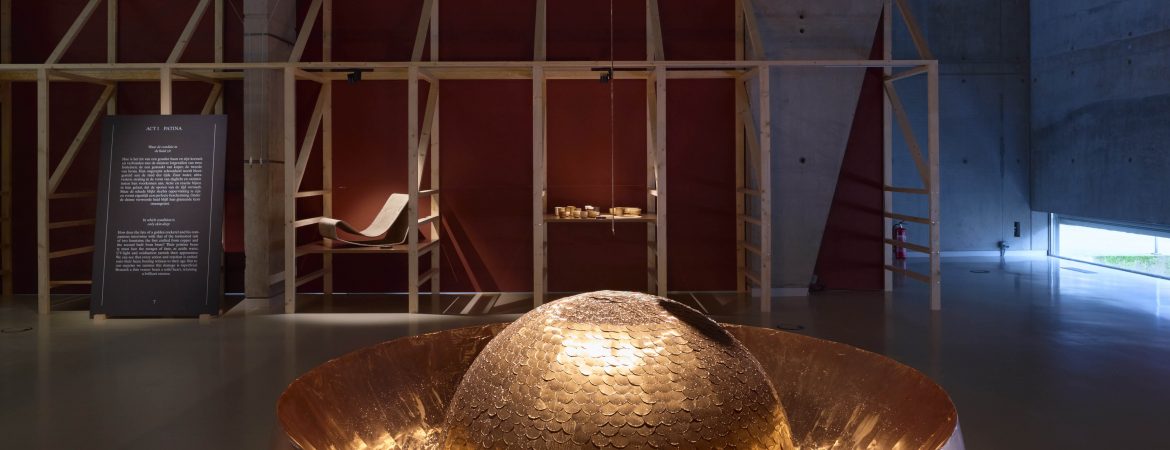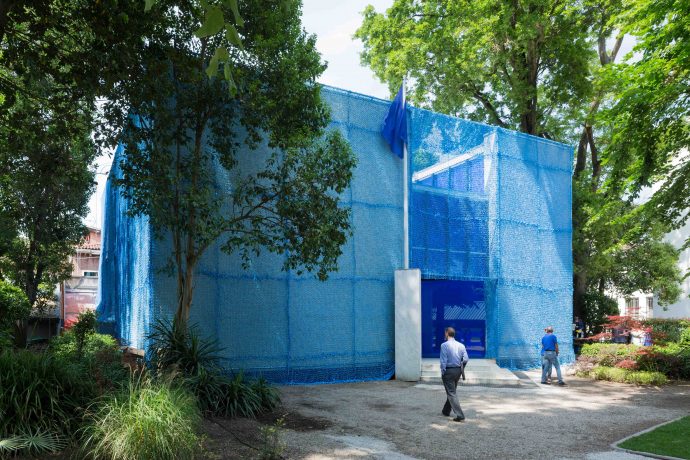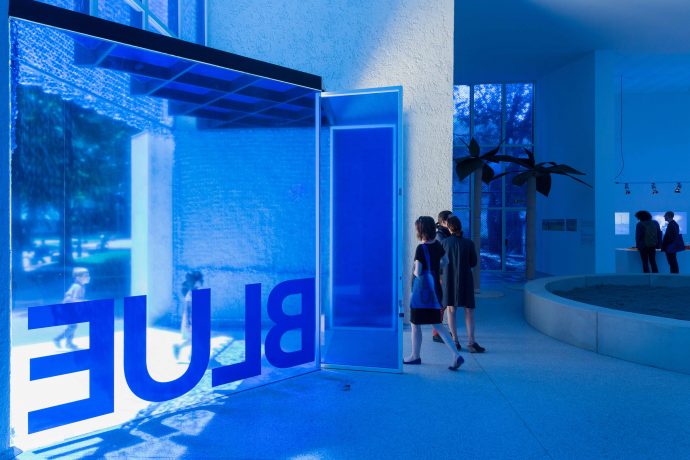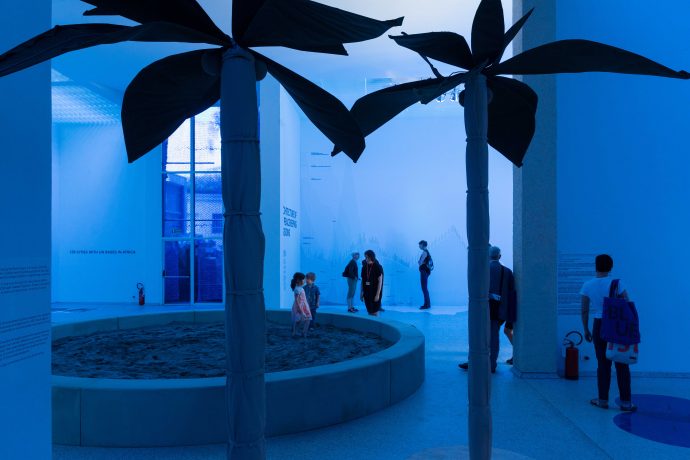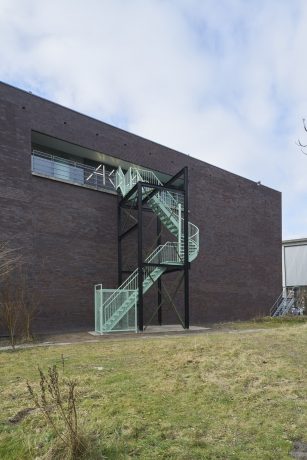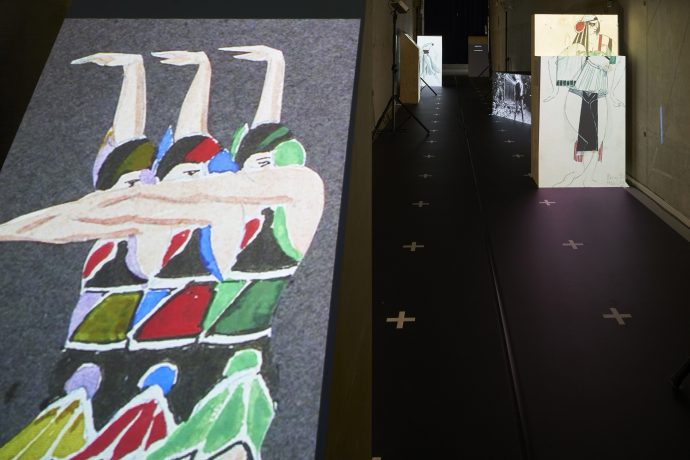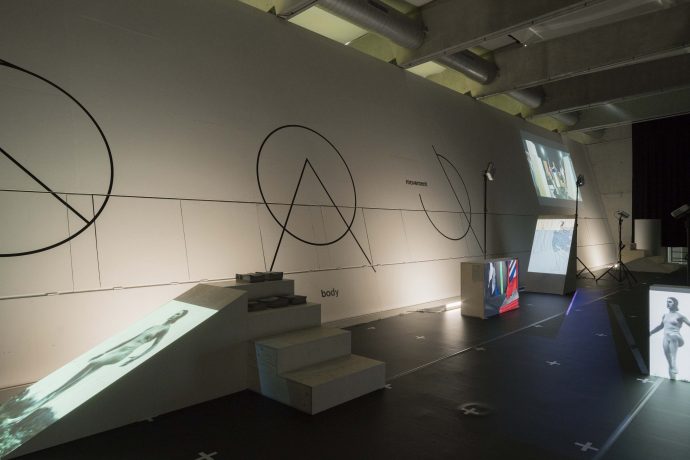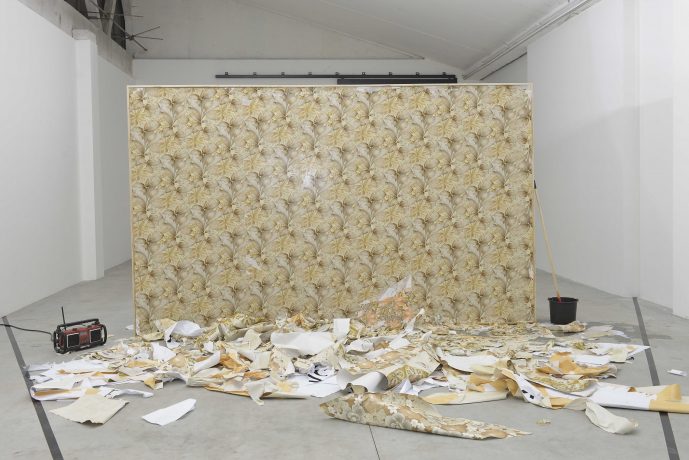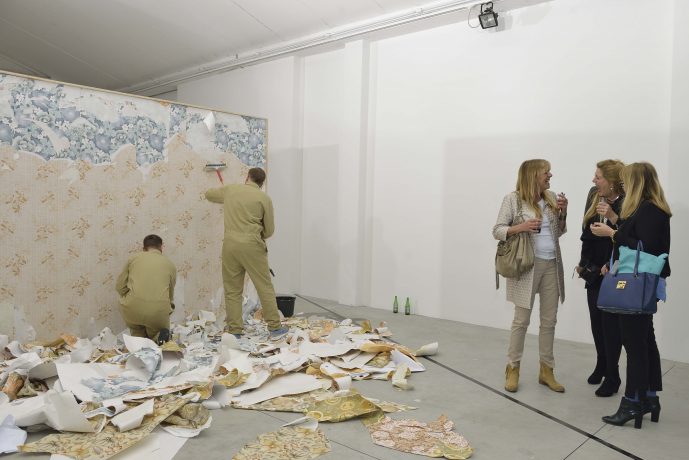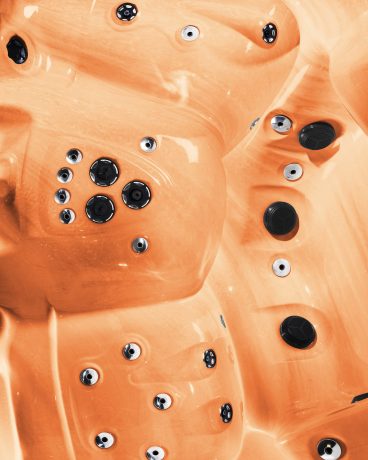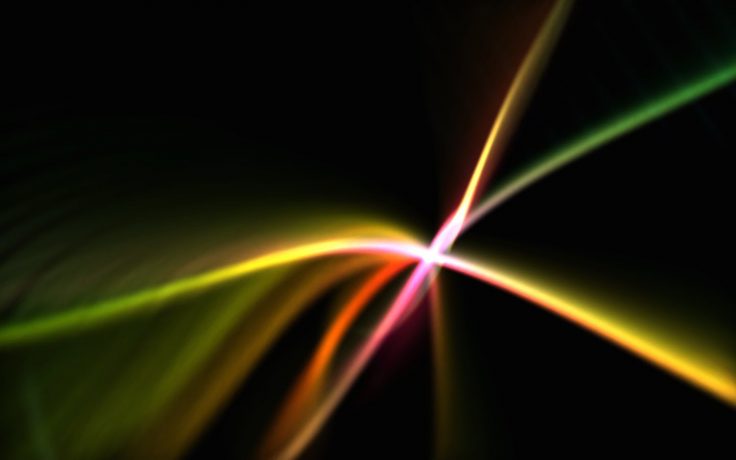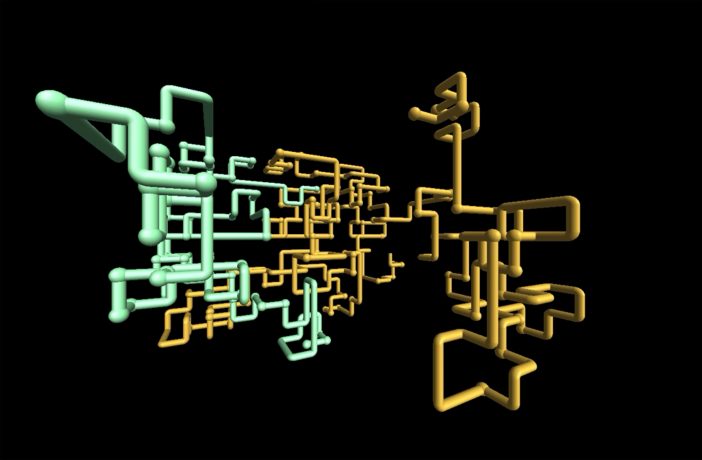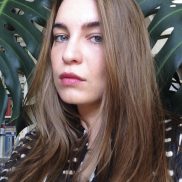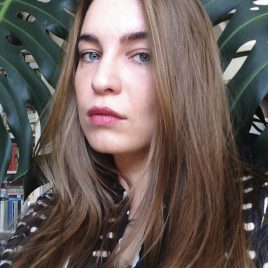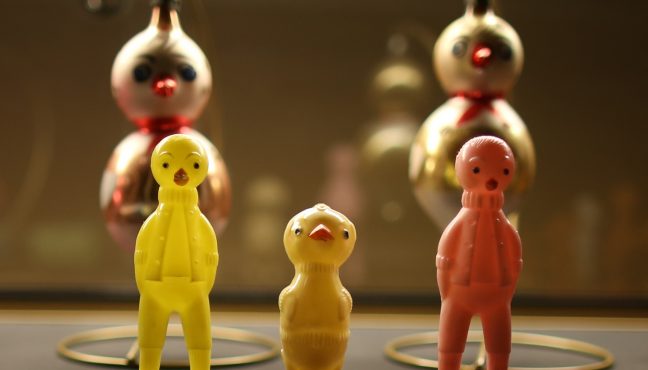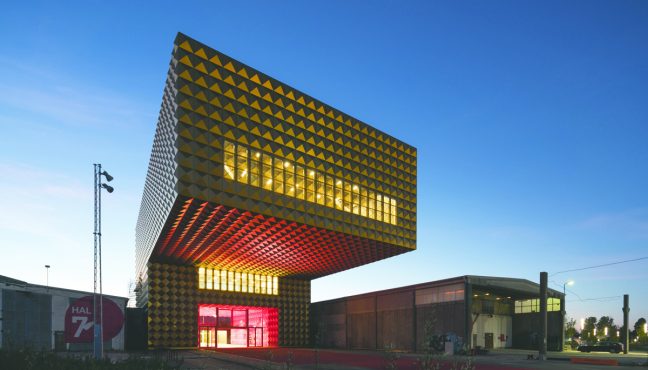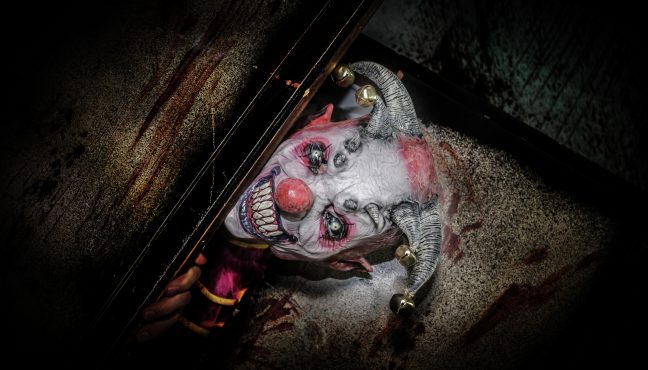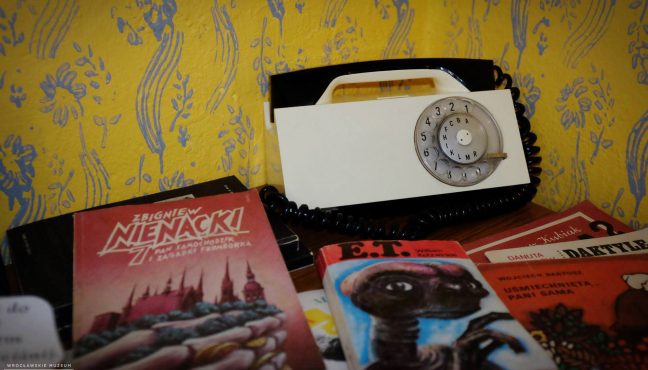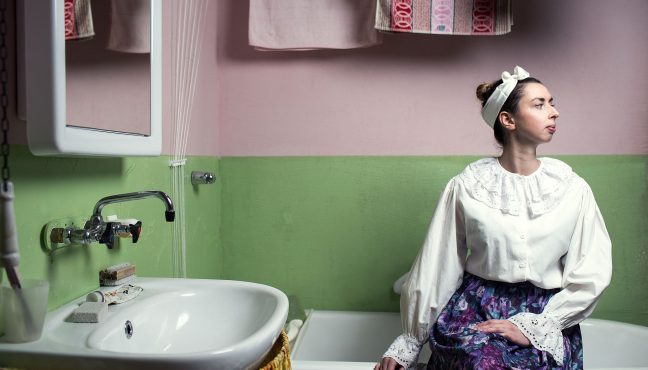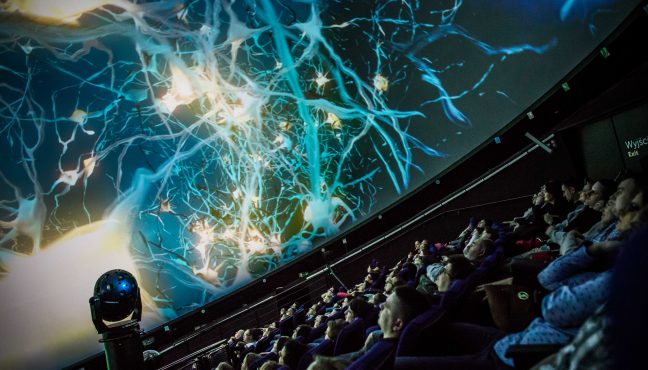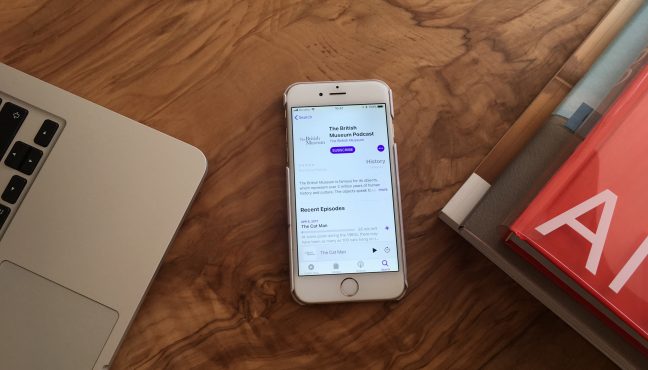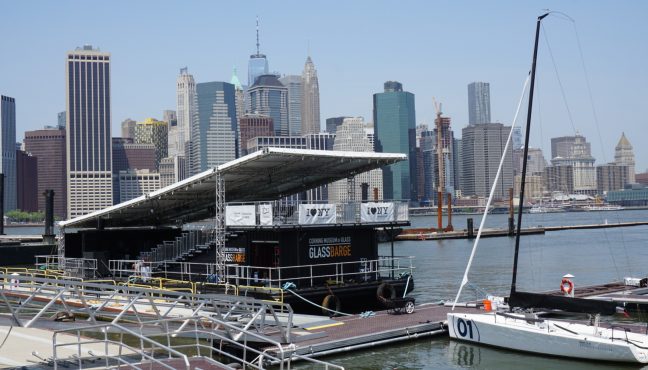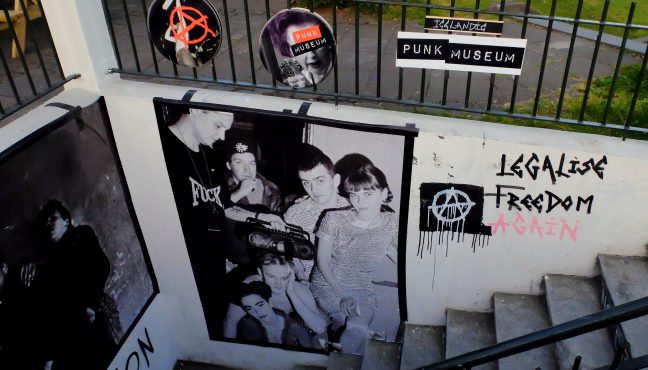Created in 2013, Het Nieuwe Instituut, is a platform for research, debate, innovation and exploration in the fields of architecture, design and digital culture. At the time that it opened, the cultural budget in the Netherlands was cut by one third, thus causing three Dutch institutions related to architecture, design and digital culture to merge together in Rotterdam. Through this process they formed a strong, single, unified and recognizable museum program. Part of Het Nieuwe Instituut, Museum for Architecture, Design and Digital Culture examines the design world and how it is constantly being effected by new technologies, ideas, visions and social changes. The focus of the museum programs center around design being embedded in all spheres of our lives. It also touches upon the ideas that architecture has to be rethought from the angle of current technological changes, and that digital culture these days is simultaneously media, instrument, infrastructure and working material in itself.
Het Nieuwe Instituut, an active player both on national and international level, is not only involved in the process of saving, rethinking and reframing cultural heritage, but also creating future approaches and presenting them all internationally in the Venice biennial, Milan Design fair, Cologne Design Fair, and London Design Biennial. This exceptionally multidisciplinary institution is constantly working on mixing culture and diverse fields in a very thoughtful and almost philosophical way. The way Het Nieuwe Instituut is working on exhibition projects is rather innovative as well. Instead of having an in-house team of experts, the institution prefers to choose the active cutting-edge experts from all around the world and brings them together for specific projects. Obviously, Het Nieuwe Instituut is not choosing the easiest way, but it’s definitely delivering outstanding projects both to both the professional community and everyday visitors.
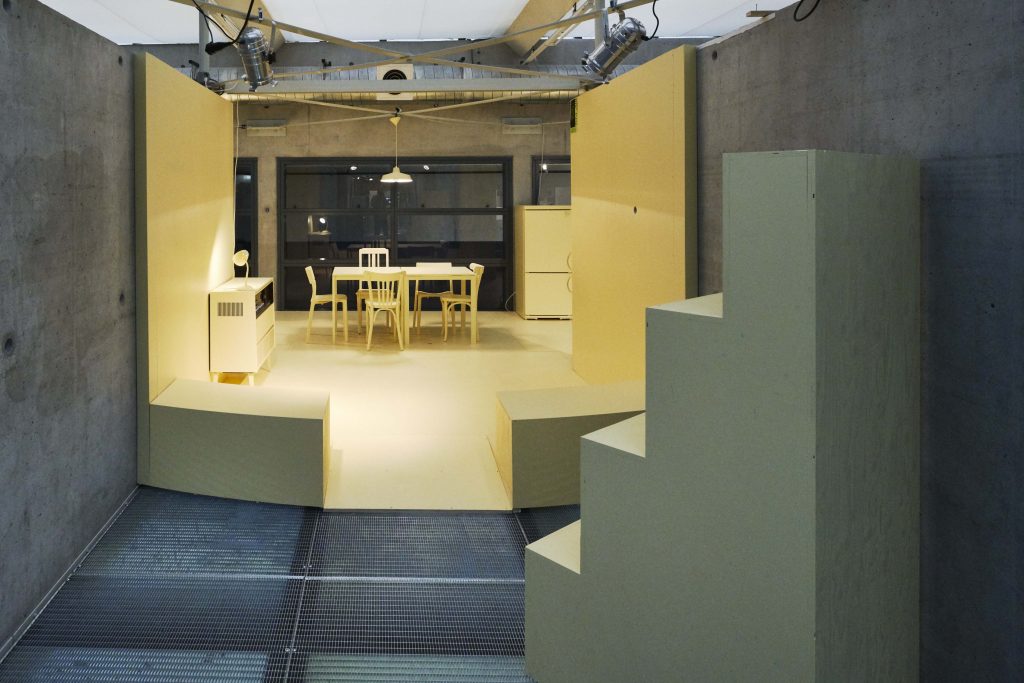
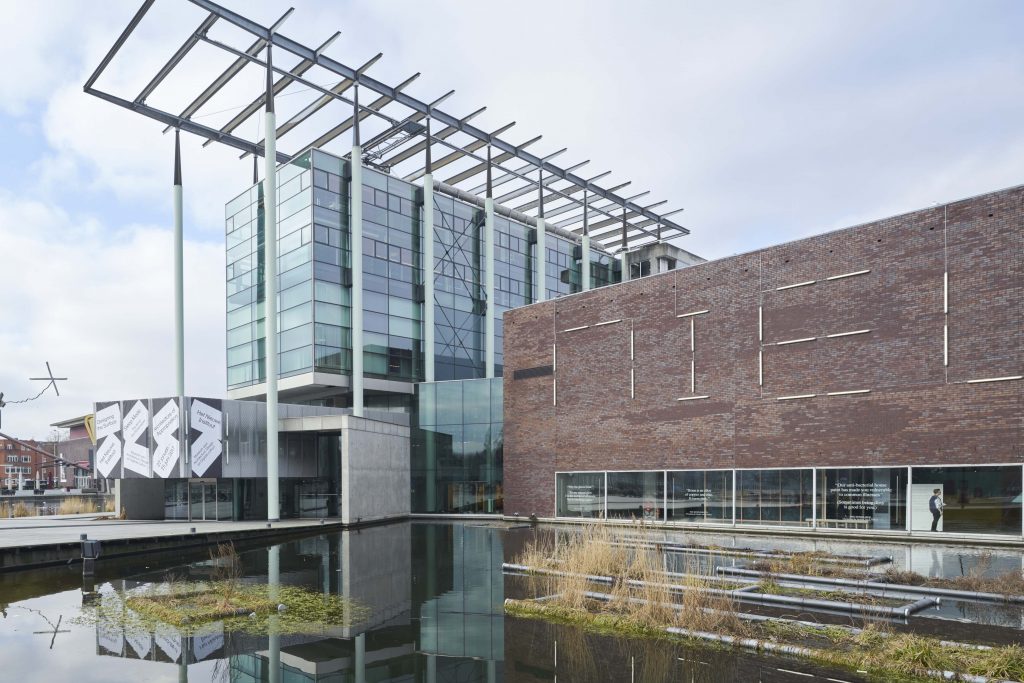
Wendel Ten Arve from Het Nieuwe Instituut shared with us the history of the institution, as well as its current and future plans.
Can you tell a brief history of Het Nieuwe Instituut? How was it initiated?
Het Nieuwe Instituut is in a way an outcome of bureaucratic process. During the policy period 2008-2012 there were cultural cuts in the Netherlands and they were quite severe; the cultural budget in the Netherlands was cut by one third. This process had several outcomes, for instance, Theater Institute Netherlands and several small museums had to close or find a new way to survive without governmental funding. The government decided to merge the three sector institutes: one for digital culture (Virtueel platform, Amsterdam), one for design (Premsela, Amsterdam) and the one for architecture (Netherlands Architecture Institute in Rotterdam). This was implemented on the 1st of January 2013. These institutions merged and moved to Rotterdam, in the building of Netherlands Architecture Institute. We are a very young organization and in comparison with the predecessors (the institutes were really there to support the professionals in the field: architects, fairs, etc.) we are now following the new assignment, which is different. Our assignment was to become a supportive institute for the whole creative industry: digital culture, design and architecture. Those are the fields we focus on. In addition, we take care of the Netherlands Architecture Archive. We also have an assignment for the international development (participation in Venice biennial, Milan Design fair, Cologne Design Fair, London Design Biennial). There we have an assignment for multidisciplinary: crossing over not only between different disciplines, but also between culture and other fields. For instance, the project we brought to Venice, was an exhibition “BLUE: Architecture of UN Peacekeeping Missions” by Malkit Shoshan. She is an architect, who is investigating the infrastructures, which are needed for UN missions, military mission, and what happens after missions, how to make these infrastructures durable and give it a second life. We connected her with the Ministry of Defense. So her way of thinking influences the way of thinking of the others. Then presentation: showing what is happening in different fields in the world. We are doing it in different galleries in Het Niewe Instituut. Education: mostly it’s focused on youth and children, mainly, because the whole field, where we are operating, is about making and finding things and experimenting. We have an assignment of talent development, which is beyond the education of people in universities and art schools or young professionals. We are feeding them with diverse trends from all over the world.
We are a museum and national archive for architecture and we are an agency, where we do international crossovers and talent mapping and we do Research & Development. And those things together are an institute. This is recognizable for our audience. And I think the most interesting outcome of these harsh cultural cuts was that you start anew with an open question and from a cultural perspective with a possibility to reflect on what is an institute, what is relevant, what are creative industries. For us creative industries are about innovation, about a group of professionals, who can envision what the future will look like and articulate it in something which doesn’t exist. It is the potential to look at the future, to see where we are going and what is needed.
The institution seems to be very dynamic and vibrant and seems like it is transforming all the time. How is it reflected in your exhibition policy?
In a way with every project, every question we reinvent ourselves. We always work with exhibition designers, with graphic designers, with independent researchers and curators to make it actual, futuristic, relevant for the now. So that the experience of the exhibition is something you never had before. And that is quite an exciting challenge.
" Innovation is not only our subject, but it is the way we work. It’s our practice. An exhibition is not when things are on the wall and you walk around them with hands behind your back, saying it is beautiful. For us it is about the question, the research, about how can we translate it to the audience."
You have mentioned that you work a lot with independent specialists. How does your team look like? Which departments do you have?
The institute is organized in two ways. On one hand we have regular tasks: like an archive, finances, hospitality, etc. The rest of the organization is working on the projects, which we do. We are divided in teams: communication, marketing and commerce, my department, which is presentation and projects, R&D. The interesting thing about how we work is that we don’t have in-house curators. We don’t have design and digital media collection, only collection of architecture. Of course we have specialists in the archive. But we don’t have curators. It is a very obvious decision to do it this way. We always have to bring in what is outside, what is happening. R&D department does research and pinpoints areas and subjects for our program. Then we look at the field, who has this knowledge, who is an active specialist. And this is quite a different way of working. It’s not the easiest route. But it feeds you all the time with fresh and new ideas. It is exciting. It’s nice to be fed from the outside with perspectives of the others.
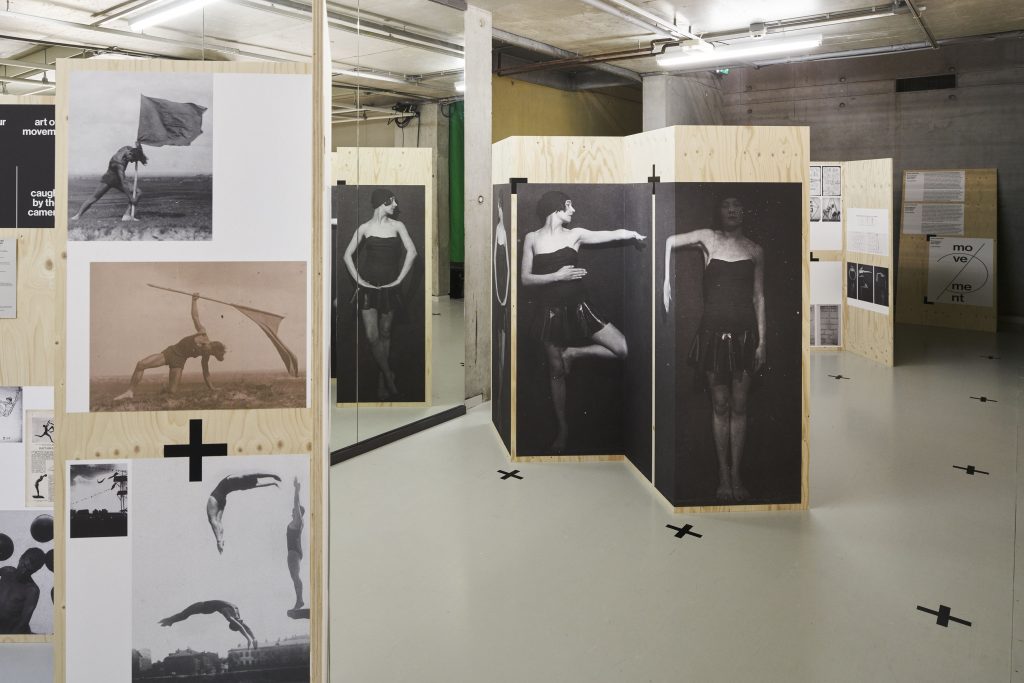
With all this diversity of different tasks, you probably also have a very diverse audience. Who are your visitors?
We are primarily for professional audiences in different disciplines. We are mapping what is happening for this professional public. But then every project has in a way its own audience. As I mentioned with the project of Malkit Shoshan, the Defense Ministry was particularly interested in this specific project. For every project we have a different audience. If we work on Fashion Museum, we get very broad, super young, not necessarily interested in making audience, designers themselves, creatives. Totally different from, for example, “Space and body” exhibition. There are people, who are interested in dance, dance history, performance.
Of course you need to follow up with your audience. Do you have some special online platform for that?
Our website is like a parallel institute online. It’s maybe even more related to the professionals, because it really goes in-depth and it has all the dossiers on certain topics. The website is 100% fully functional up-to-date platform. It’s more content based. We follow up and inform our audience via social media: Instagram, twitter, Facebook. Our audience is young.
Do you also collaborate with Art Tube?
Yes, we do. And there are different types of collaborations. For example, now we have got a Google grant from Google Cultural Institute in order to work on promoting the website and generating traffic. We have different partners we team up with.
What are the other collaborations?
It’s mostly project related. In this whole big cloud of projects we do and develop, we try to organize it in a coherent way. We are organizing it around themes and theme lines: materials and things; interior and landscape; year theme. That’s how we organize our programming. For example, the exhibition “Designing the surface”, which opened recently, is focused on materials and things theme line. Designer Chris Kabel decided that he was interested in the surface of materials. When we use the mobile phone, we interact with the coating of the glass. It is invisible, but it makes the object more attractive, shiny, durable. It is a project about the final layer. We thought that this is the subject nobody really touched upon. We were thinking, for whom this project might be relevant, and then we found partnership with ELLE magazine. Another project we were working on, is about reading the history of squatting as an architecture. Not the social history of squatting, but what was the impact of squatting on architecture. We think that the strategies of squatting are very relevant for current architectural practice. We were looking for the partners: several architectural firms, www.archined.nl, an online platform for architectural discourse.
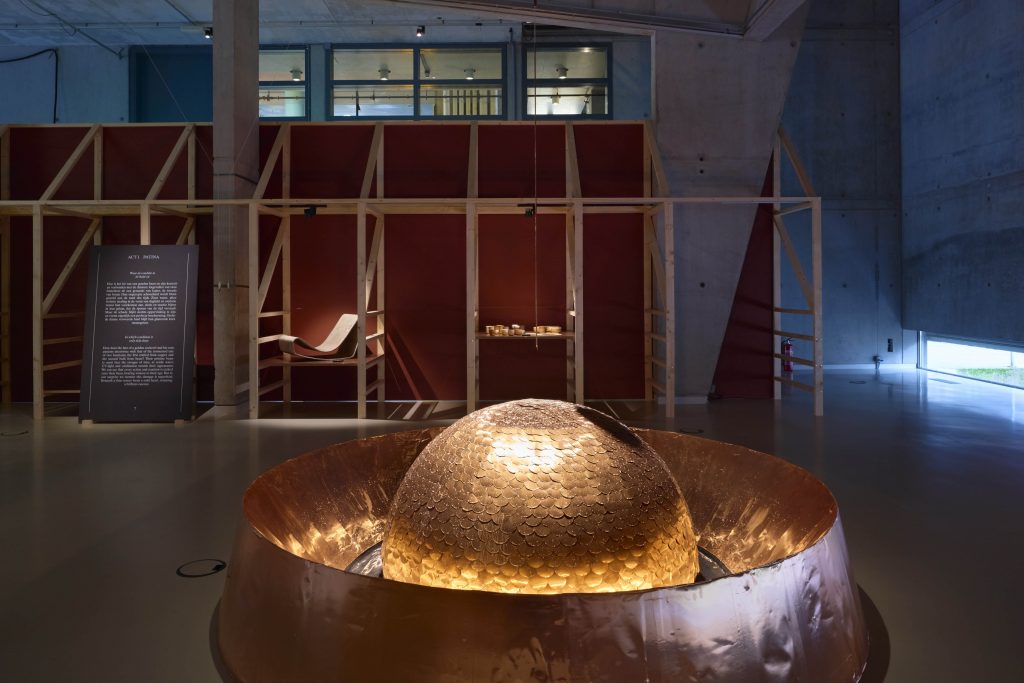
Who does decide on the themes you’re going to develop? Is it the decision of the director, Guus Beumer?
Materials and things come from design. Landscape and interior come from architecture. And the idea of time comes from digital media (digital has the forth dimension). From the beginning Guus Beumer introduced these themes and they seemed to have potential, even more than we thought. Designers are not just making products, they are performing different roles. We look at the following questions: what are these roles? what do they make now? how do you present it? how do you translate it to the audience?
I also wanted to ask you about this upcoming museum you are working on, Design museum in Amsterdam?
This is one of the projects we are developing from the department of Policy & Actuality. For architecture we have a fabulous infrastructure, we are preserving the history of Dutch architecture. It’s totally taken care of, up and running, super professional. For design there is nothing. There is no national archive for design and even though it would be a governmental role to set it up, there is no arrangement and funding for it. We have several museums, which collect design, Groningen museum, Stedelijk, Van Abbe, Utrecht Centraal museum. Designers usually have the whole archives of research, drawings, prototypes. It’s a question, who can take care of it. We thought it will be good to address it in a project. In 2014, we did Salone del Mobile in Milan, project with Lernert & Sander, artist duo. We gave them an archive of Dutch wallpaper, which was very important in the 20th century, historical collection of wallpaper manufacturer Rath & Doodeheefver. For example, this wallpaper was in Anne Frank’s house, Berlage designed for it. When it went bankrupt, AkzoNobel took over the archive. But recently they decided to focus on paints and to get rid of all the non-related products. This wallpaper archive wasn’t needed anymore. We decided to ask these designers to make an installation of the wall with hundred layers of wallpaper and they made a performance, scrapping it away, going back to the past. This project led to the idea of teaming up with all those institutes, which have connection with design and certain collections. We feel that we are in a position to address it.
In case it goes through, the project will be based in Amsterdam?
Yes. It is a temporary project, which later on can become a permanent one. We are starting something and we don’t know the end result. But the start it now. Hopefully it will show the richness of design culture. And hopefully it will get attention of policy makers and individual designers.
Going back to programming, maybe you can name several educational initiatives you are working on.
We have educational programs for children. We are in a unique position of course, because we have an architectural archive and a museum house, Sonneveld house. It is 1930s house in Dutch Functionalist style, which is still totally preserved in its original state. It is a part of our museum. We have a unique opportunity to tell kids about the history of architecture and also to make them see challenges, which are related to building and designing and reflecting on it. Making is very much a part of our museum.
